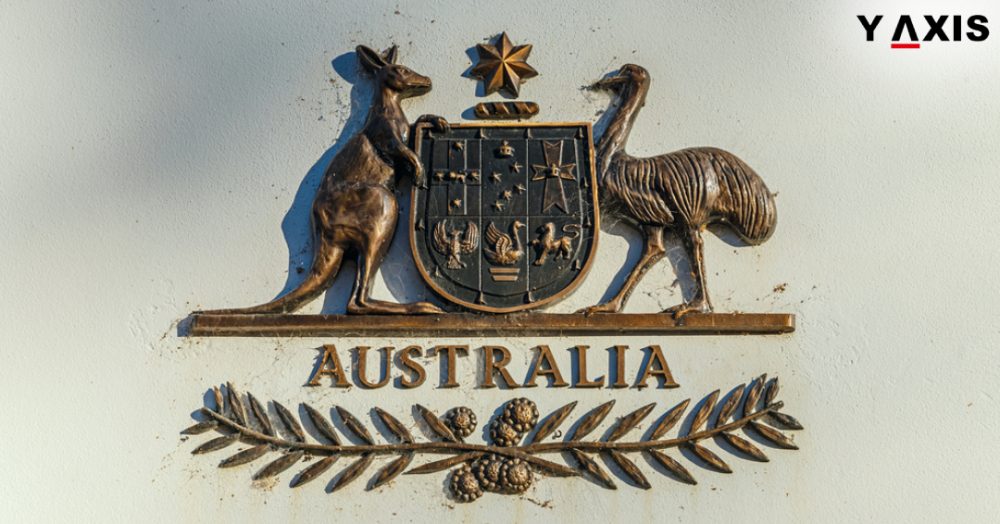Posted on November 20 2019
Changes in Australian Regional Visas to Revive Rural Areas
By , Editor
Updated April 03 2023

The Australian government introduced a series of changes in its Skilled Visa program and released the Skilled Occupation List for Subclass 489 and Subclass 187 visa before their commencement on November 16, 2019.
Apart from this, new applications for the Subclass 187 visa will be closed from November 15. With these changes, organizations will be able to nominate migrant workers under the new Subclass 494 Skilled Employer Regional (Provisional) visa.
These changes are part of the current Australian government's immigration policies aimed at reducing the congestion in the major cities of Australia and encouraging the development of regional areas in Australia.
Individuals will be able to apply for the Skilled Employer-Sponsored Regional (Provisional) (Subclass 494) visa. With this visa, employers can sponsor Skilled Migrants for jobs ineligible occupations in a specific regional area for five years.
These designated areas cover all of Australia except for the major metro cities - Sydney, Melbourne, and Brisbane.
Conditions for the visa:
This visa comes with certain conditions, the primary visa holder and related secondary visa holders (their family members) are required to live, work, and study only in a regional area. Their visa could be cancelled if they fail to comply with these rules.
This visa comes with certain restrictions. Subclass 494 visa holders will not be eligible for another Skilled Visa without a regional requirement for at least three years from the date their Subclass 494 visa is granted.
Visa holders cannot apply for an onshore partner visa for three years from the date of grant of their Subclass 494 visa.
Opportunity for Permanent Residency:
Subclass 494 visa holders will be eligible for a PR visa (Skilled Regional) (Subclass 191) visa from November 2022 provided they have worked for a single employer for at least three years. The condition for granting the PR visa is that primary visa holders and the secondary visa holders must prove to the Department of Home Affairs that they worked studied and lived in a regional area for at least three years.
List of occupations:
Under these revised rules, 650 occupations can be nominated for the Subclass 494 visa. This is an increase from the earlier regulations where approximately 500 occupations could be nominated for the Temporary Skills Shortage (Subclass 482) visa and only 216 occupations could be nominated for the Permanent Employer Nomination Scheme (Subclass 186) visa.
How will it benefit employers and employees?
With these changes, employers will benefit with access to a wider range of eligible occupations and will be in a better position to fill vacant, skilled positions in rural areas when local Australians are not available.
For employees, the changes mean an option for permanent residency which otherwise would be difficult to access.
The changes will also solve the problem of skill shortage in rural Australia because there will be priority processing of Subclass 494 and Subclass 191 visas.
The reasoning behind the insistence on a five-year visa period is to encourage primary and secondary visa holders to stay in a regional area and develop a lasting attachment to rural areas. The move is also aimed at reducing the congestion in the metropolitan cities of the country, which the government feels is creating pressure on the infrastructure and resources of these cities.
What has changed?
The key changes under the new regulations include:
- There will be priority processing of visa applications
- Visa holders will be eligible for permanent residency without the need to undergo a second nomination stage
- Subclass 491 visa applicants get access to more points
- Regional visas have a wider range of occupations compared to non-regional pathways
- Regional areas will now include Lake Macquarie, Illawarra, Geelong, Perth, the Gold Coast, the Sunshine Coast, Newcastle, Adelaide, Hobart, Wollongong, and Canberra
- Time required to live and work in regional Australia has been extended to three years from the earlier two years
- Validity of the visa has been extended to five years
The Australian government is making these changes to reduce the population in the three major cities of Australia. It also hopes to provide incentives to migrants to settle in regional Australia and help improve the economy in these regions.
With these changes, the government hopes to increase the appeal of regional areas and improve their population figures. More migrants settling down here will encourage the growth of business and investment in these areas.
It must wait for few years to assess the impact of these changes.
Tags:
Australian Regional Visas
Share
Options for you by Y-Axis
Get it on your mobile
Get News alerts
Contact Y-Axis

